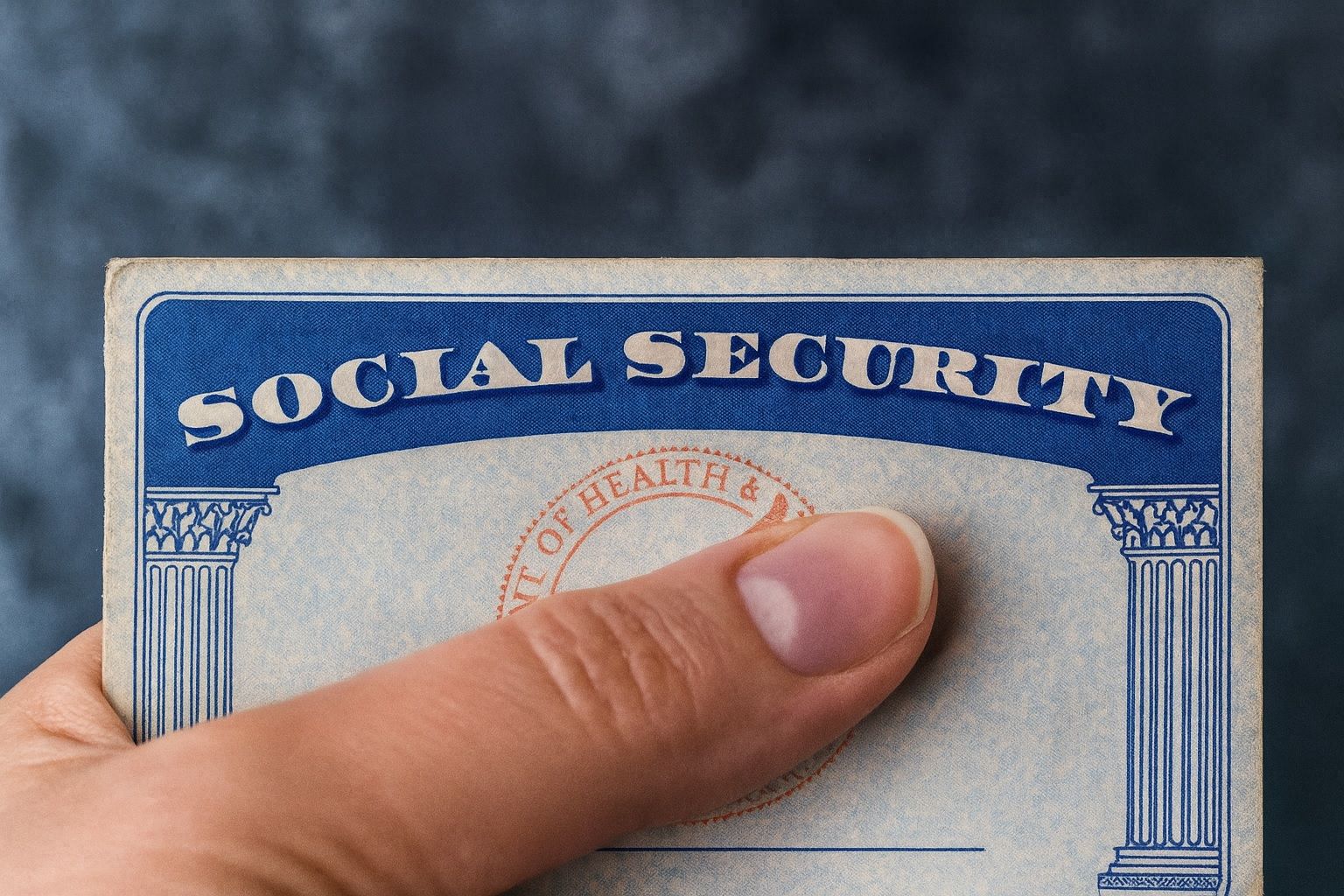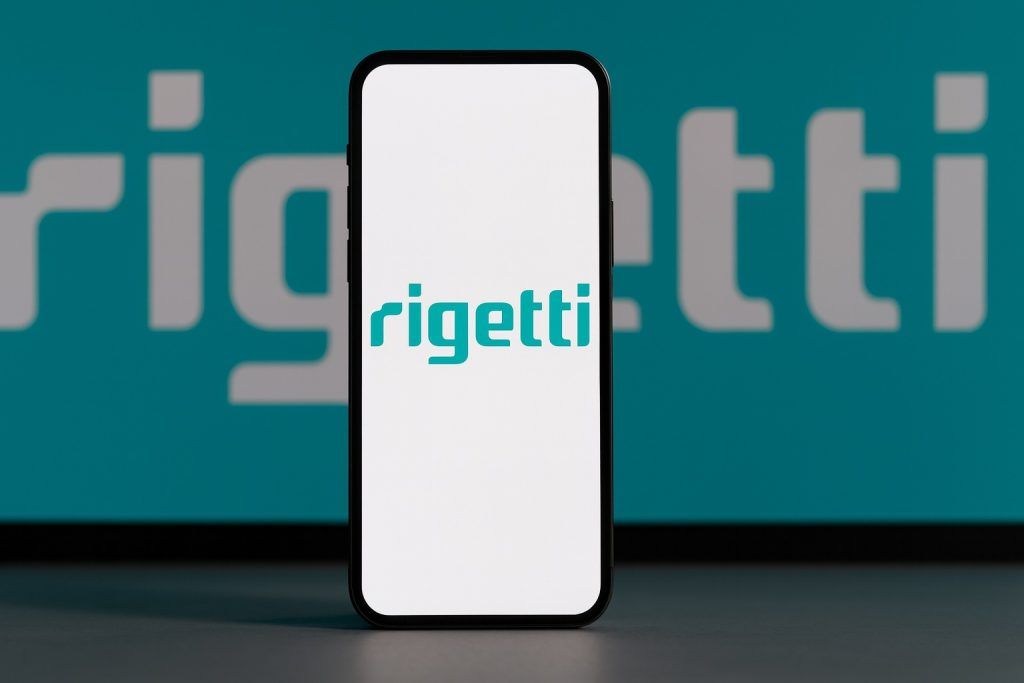- Government Reversal: After saying it would end paper Social Security checks by Oct. 1, 2025, the Social Security Administration quietly reversed course. Beneficiaries unable or unwilling to switch to electronic payments will keep getting paper checks, SSA confirmed [1] [2].
- Digital Transition: This policy shift stemmed from President Trump’s March 2025 executive order to phase out paper disbursements by Sept. 30, 2025 [3] [4]. Most Americans (about 99.4% of the 69.5M) already use direct deposit or prepaid cards, but roughly 400,000 – often vulnerable seniors – relied on paper [5] [6].
- Exceptions & Fraud: Officials touted electronic payments as safer and cheaper. Treasury Secretary Scott Bessent noted in August that going digital “will help reduce fraud and theft” [7]. Paper checks cost roughly 50¢ to mail vs 15¢ electronically and are 16× likelier to be lost or stolen [8]. Still, advocates warned digital-only rules could cut off elderly or rural citizens [9] [10].
- IRS Changes: The IRS likewise will phase out paper refund checks starting with 2025 tax returns (filed in 2026) [11] [12]. Filers must provide bank account info or qualify for hardship exceptions, or face delayed refunds [13]. (In 2025, 93% of refunds already went by direct deposit [14].) Options like the Direct Express debit card will remain for those without bank accounts [15].
- Stimulus Rumors False: Social media claims of $1,390, $1,702 or $2,000 federal stimulus checks in Oct. 2025 are 100% bogus. The IRS and news fact-checkers have repeatedly said “no new stimulus checks are on the way” [16] [17]. Proposals floated (Trump’s tariff rebates or the so‑called “DOGE dividend”) remain speculation, not law [18] [19]. State one-time relief checks (e.g. $400 in NY) aren’t federal payments [20].
- Market Reaction: Amid these policy shifts and a continuing government shutdown, U.S. stocks have unexpectedly hit all-time highs. The Dow Jones surged above 46,500 and the S&P 500 notched new peaks in mid‑October [21]. Analysts say investors have “shrugged off” political gridlock in favor of bets on future Fed rate cuts [22]. Inflation remains above target, but hopes for easier monetary policy have buoyed equities.
What’s Behind the Paper-Check Change?
In March 2025 President Trump signed an executive order (EO 14247) directing agencies to “eliminate physical payments…to the extent permitted by law” [23]. By late summer, Treasury and SSA announced a Sept. 30 deadline to switch benefit checks to direct deposit or Treasury’s prepaid Direct Express card [24] [25]. The goal: save taxpayer money and speed payments. As Treasury put it, digital transfers “are safer, faster, and far more efficient” [26]. (In fact, each mailed check costs about 50¢ to produce vs 15¢ electronically [27].)
SSA encouraged beneficiaries to enroll in direct deposit via their “my Social Security” online account or by phone [28]. But the policy faced fierce pushback. Social workers, senior groups and lawmakers warned seniors – especially low-income, rural or disabled retirees – would lose income without paper checks [29] [30]. Nancy Altman of advocacy group Social Security Works captured it: many “lack the money to open bank accounts” or the ability to use online systems – “for them, paper checks aren’t a choice, they’re a necessity” [31]. The AARP similarly argued “technological convenience should never override accessibility” for vulnerable seniors.
Government Softens Stance
By mid-September, SSA quietly backed off. In a Sept. 19 blog post (barely publicized), the agency stated “no one’s payments would be interrupted” if they missed the deadline [32]. It pledged that beneficiaries with no other way to receive funds “will continue to issue paper checks” [33]. A confirmation came publicly on Oct. 16, when SSA Finance Director Matthew Bilenki told a federal commission: “We will continue issuing paper checks for beneficiaries who lack access to banking or digital options.” [34] In short, the original “final cutoff” became a retreat: paper checks will remain available indefinitely for those truly unable to go digital.
SSA now highlights three payment options: (1) Direct Deposit (fastest and default for banked recipients); (2) Direct Express® debit card (for unbanked individuals); or (3) Paper Check with Exemption, by applying for a hardship waiver from the Treasury [35] [36]. Notices, mailers and inserts now explain these alternatives. Officials stress that digital payments still save billions in fraud-prevention (the Treasury notes electronic transfers have thwarted large-scale theft) [37]. But after hearing outcry, SSA has chosen inclusion: modernization “cannot come at the expense of inclusion” [38] [39].
Historic Tax Filing Change
The IRS is following a similar playbook. On Sept. 23, 2025 it announced that starting with 2025 tax returns (filed in 2026), paper refund checks will be phased out [40]. This aligns with Trump’s EO. The IRS press release notes that “to the extent permitted by law” individual refunds will be sent electronically, since paper checks “are over 16 times more likely to be lost, stolen, altered or delayed” [41]. It will publish detailed guidance before the 2026 filing season.
For taxpayers, the rules are clear: when filing 2025 returns, you must provide direct deposit info or request a valid exception [42]. (During 2025 season, 93% of refunds already went by direct deposit [43].) The IRS warns that filers who submit returns without bank details and without an exemption may see their paper refund held for six weeks [44]. Letters and the “Where’s My Refund?” app will guide those who forgot to enter account info. Options for unbanked taxpayers include prepaid debit cards or other limited methods [45].
Taxpayer Advocate Erin Collins emphasizes fairness: “thoughtful safeguards” must ensure efficiency and fairness, with exemptions for vulnerable taxpayers [46]. For example, Collins notes the EO allows waivers for people who are unbanked, disabled, abroad, victims of abuse or with religious objections [47]. Congress has similar provisions for payees under 31 USC 3332 (waivers when hardship is shown). As Collins urges, modernization “should be used proactively, compassionately, and with stakeholder input” [48] [49].
Rumor Mill vs. Reality
Meanwhile, social media have been ablaze with bogus “stimulus check” rumors. Posts claimed Americans would get surprise federal payments of $1,390, $1,702 or $2,000 in October 2025 – sometimes linking this to Trump’s tariff or DOGE proposals. These claims have been flatly debunked. Fact-checkers and government officials stress that no new federal checks have been approved. “Neither Congress nor the IRS has authorized a new round of federal stimulus checks,” reported the Hindustan Times, quoting IRS statements. In fact, the IRS has announced “no new payments of $1,390, $1,702 or $2,000 are coming.” [50] The Associated Press similarly quotes IRS officials: “Taxpayers will not receive new stimulus checks of any amount” for 2025 [51] [52].
President Trump and some legislators have floated ideas of tariffs funding a rebate or proposed giving households $5,000 from “saved waste” [53] [54], but none of these proposals have become law. Analysts note that implementing such plans would require Congressional approval and complex logistics – far from imminent, especially during a shutdown [55] [56]. Moreover, any checks based on those tariffs would have to be billed as a budget item. In short: no magic stimulus check is on the way. All official relief efforts so far have been through targeted programs (state tax rebates, child credits, unemployment boosts) rather than blanket cash payments [57] [58].
Citizens are advised to be vigilant: the IRS cautions that viral claims and doctored tweets about new checks are often scams designed to steal personal data [59]. Always verify with official IRS.gov or Congress.gov announcements.
Market & Economic Outlook
Ironically, despite the political dramas, U.S. financial markets have been bullish. In early October, key indexes reached fresh all-time highs – the Dow Jones Industrial Average climbed above 46,500 for the first time, and the S&P 500 also hit record levels [60]. Wall Street commentators say investors “have largely shrugged off” the government shutdown, focusing instead on economic fundamentals. A key factor: hopes that the Federal Reserve will begin cutting interest rates in coming months to bolster growth [61]. The Fed has slowed hikes after battling inflation, and futures markets now price in a high probability of rate cuts by year-end.
Lower rates and strong earnings (for example, tech companies benefiting from AI demand) have pushed stock prices up, even as bonds remain steady. (Gold and crypto have also rallied in recent weeks, reflecting safe-haven buying.) Analysts caution, however, that inflation is still above the Fed’s 2% target [62], so future monetary policy will depend on incoming data. In any case, consumers are watching their budgets closely, so future tax and benefit changes (including these electronic-payment policies) will be scrutinized for their economic impact.
Looking Ahead: The paper-to-digital shift in government payments is now phased in cautiously. Experts expect it to save taxpayer dollars and reduce fraud in the long run, but with allowances for Americans who cannot easily use banks or the internet. Senior advocates note the lesson: technology must serve people, not the other way around [63] [64]. In the next months, beneficiaries should set up direct deposit or Direct Express if they can, and others should apply for waivers. Taxpayers filing returns should double-check their bank info on forms to avoid delays. Meanwhile, stay alert to any legitimate IRS or Treasury news – and ignore clickbait hype.
Sources: Official announcements from SSA and the U.S. Treasury [65] [66], IRS news and advocate reports [67] [68], expert commentary from financial and retirement media [69] [70], and recent fact-checking analyses [71] [72]. (Reported Oct. 19, 2025.)
References
1. metricsforhealthycommunities.org, 2. www.hindustantimes.com, 3. home.treasury.gov, 4. www.kiplinger.com, 5. metricsforhealthycommunities.org, 6. www.hindustantimes.com, 7. home.treasury.gov, 8. www.hindustantimes.com, 9. metricsforhealthycommunities.org, 10. www.hindustantimes.com, 11. www.irs.gov, 12. www.taxpayeradvocate.irs.gov, 13. www.taxpayeradvocate.irs.gov, 14. www.irs.gov, 15. www.irs.gov, 16. ts2.tech, 17. ts2.tech, 18. ts2.tech, 19. ts2.tech, 20. ts2.tech, 21. ts2.tech, 22. ts2.tech, 23. www.kiplinger.com, 24. www.ssa.gov, 25. home.treasury.gov, 26. home.treasury.gov, 27. www.hindustantimes.com, 28. www.ssa.gov, 29. metricsforhealthycommunities.org, 30. www.hindustantimes.com, 31. metricsforhealthycommunities.org, 32. metricsforhealthycommunities.org, 33. metricsforhealthycommunities.org, 34. metricsforhealthycommunities.org, 35. www.ssa.gov, 36. metricsforhealthycommunities.org, 37. metricsforhealthycommunities.org, 38. www.wilshirehcs.org, 39. metricsforhealthycommunities.org, 40. www.irs.gov, 41. www.irs.gov, 42. www.taxpayeradvocate.irs.gov, 43. www.irs.gov, 44. www.taxpayeradvocate.irs.gov, 45. www.irs.gov, 46. www.taxpayeradvocate.irs.gov, 47. www.taxpayeradvocate.irs.gov, 48. www.taxpayeradvocate.irs.gov, 49. www.taxpayeradvocate.irs.gov, 50. ts2.tech, 51. ts2.tech, 52. ts2.tech, 53. ts2.tech, 54. ts2.tech, 55. ts2.tech, 56. ts2.tech, 57. ts2.tech, 58. ts2.tech, 59. ts2.tech, 60. ts2.tech, 61. ts2.tech, 62. ts2.tech, 63. www.wilshirehcs.org, 64. metricsforhealthycommunities.org, 65. www.ssa.gov, 66. home.treasury.gov, 67. www.irs.gov, 68. www.taxpayeradvocate.irs.gov, 69. www.kiplinger.com, 70. metricsforhealthycommunities.org, 71. ts2.tech, 72. ts2.tech







